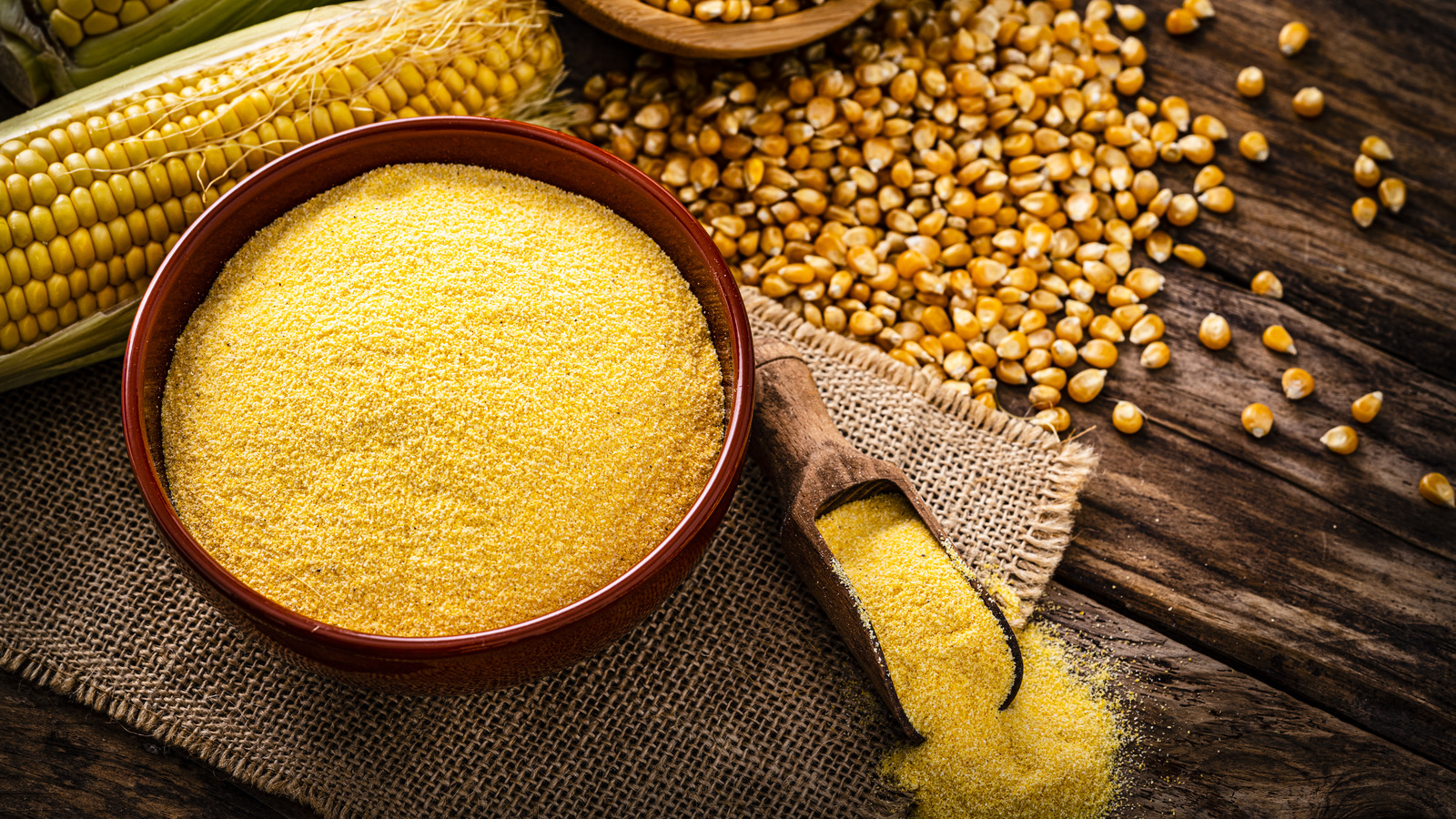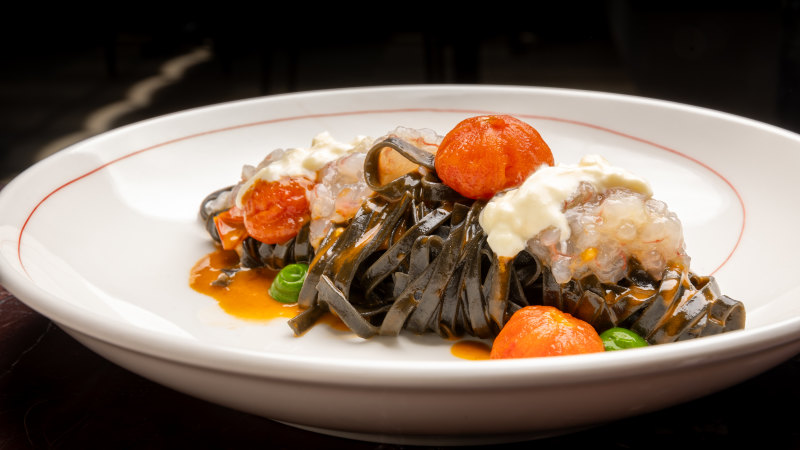Have you ever wondered about the difference between polenta and cornmeal mush? Since they're both corn-based comfort foods that look similar, is it merely a marketing gimmick, or are these two dishes actually unique? If you've been asking yourself these questions, we've got answers. Let's dive into the delicious details. For starters, polenta and cornmeal mush are names of dishes, not ingredients.
They are both made by simmering ground cornmeal in liquid. However, cornmeal can take several forms. It can have a fine, medium, or coarse grind, and come from yellow, white, or blue corn.
To simplify things, polenta is an Italian dish typically made from coarse ground yellow cornmeal. Meanwhile, cornmeal mush has American roots and is a more general term for porridge made from corn. However, the differences between polenta and cornmeal mush don't end there.
They have distinct uses, and are often prepared and served in unique ways. They also have separate origin stories and cultural significances; polenta isn't merely the Italian version of cornmeal mush. But if you're stuck with a box of one and wondering if you can use these items interchangeably, read on.
We're getting down to the nitty-gritty, so you can fully understand what these dishes are all about. What is polenta? When we think of polenta, we think of boiled golden cornmeal. However, polenta wasn't always made of cornmeal.
The term originally referred to a variety of porridges, including farro, millet, or chickpeas. It was.

















